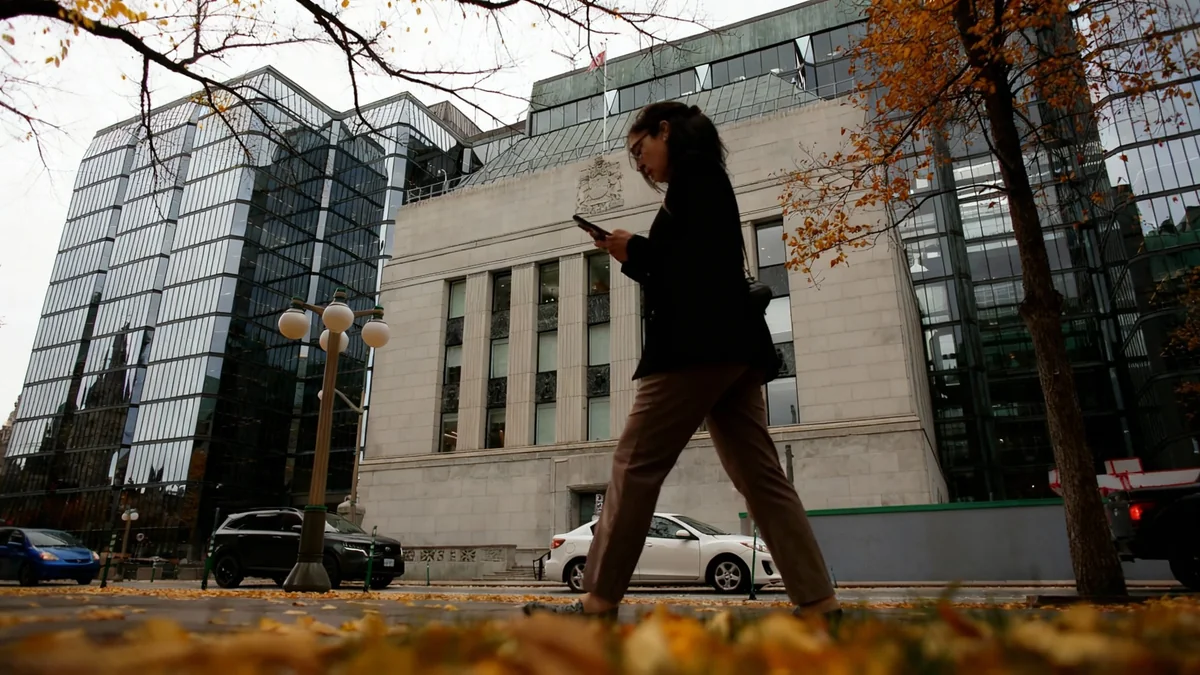Cocoa prices experienced a significant decline on Tuesday, with New York futures hitting an 11-month low and London futures reaching a 19-month low. The drop is primarily attributed to a substantial increase in cocoa deliveries from Ghana and growing concerns that high prices are beginning to reduce global chocolate demand.
In New York, December ICE cocoa futures (CCZ25) closed down by $249, a 3.56% decrease. Similarly, December ICE London cocoa futures (CAZ25) fell by $120, marking a 2.47% decline. These movements reflect a market reacting to signs of improved supply and weakening consumption.
Key Takeaways
- Cocoa prices fell sharply, with New York futures at an 11-month low and London futures at a 19-month low.
- A surge in cocoa deliveries from Ghana, the world's second-largest producer, is increasing market supply.
- Major chocolate manufacturers like Lindt & Sprüngli and Barry Callebaut have reported slowing sales, signaling weakening consumer demand.
- Favorable weather conditions in Ivory Coast, the top producer, suggest a strong upcoming main crop harvest.
- Despite a current global deficit, forecasts from the International Cocoa Organization (ICCO) point to a surplus for the 2024/25 season.
Surging Supply from West Africa Pressures Market
A primary driver behind the price drop is a significant increase in cocoa supply from Ghana. Port arrivals in the country reached 50,440 metric tons (MT) in the four weeks ending September 4. This figure is a dramatic rise from the approximately 11,000 MT delivered during the same period in the previous year.
This surge suggests that supply chain issues may be easing and that production is robust, adding more beans to the global market and putting downward pressure on prices.
Ivory Coast Crop Outlook Improves
Adding to the supply-side pressure is the positive outlook for the upcoming crop in Ivory Coast, the world's largest cocoa producer. Chocolate maker Mondelez recently reported that the latest cocoa pod count in West Africa is 7% above the five-year average and significantly higher than last year's crop.
Farmers are reportedly optimistic about the quality of the main crop, with the harvest expected to begin next month. This anticipated strong harvest is a key factor weighing on futures prices.
Background: West African Dominance
Ivory Coast and Ghana together produce approximately 60% of the world's cocoa. Therefore, weather patterns, crop health, and logistics in these two nations have an outsized impact on global cocoa prices and the chocolate industry.
Consumer Demand Shows Signs of Weakening
For several weeks, the market has been concerned that record-high cocoa prices would eventually lead to a drop in consumer demand for chocolate. Recent data from major confectioners suggests these fears are materializing.
In July, Swiss chocolate maker Lindt & Sprüngli AG lowered its profit margin guidance for the year. The company cited a larger-than-expected decline in chocolate sales during the first half of the year.
Similarly, Barry Callebaut AG, a leading wholesale chocolate producer, has reduced its sales volume guidance twice in three months. The company now projects a full-year decline in sales volume. According to its latest report, sales volume for the March-May period dropped by 9.5%, the most significant quarterly decline in a decade.
Global Grindings Data Confirms Slowdown
- Europe: Q2 cocoa grindings fell by 7.2% year-over-year to 331,762 MT.
- Asia: Q2 cocoa grindings dropped by 16.3% year-over-year to 176,644 MT, the lowest Q2 figure in eight years.
- North America: Q2 cocoa grindings saw a smaller decline of 2.8% year-over-year, totaling 101,865 MT.
Cocoa grinding is a key indicator of demand, as it is the process of turning beans into products used to make chocolate.
Contrasting Factors Provide Some Market Support
While the overall trend is bearish, several factors are providing some support for cocoa prices, preventing an even steeper decline.
ICE-monitored cocoa inventories held in U.S. ports recently fell to a 5-month low of 1,980,232 bags. Tighter available inventories can often provide a floor for prices, as manufacturers need to secure immediate supply.
Production Challenges in Other Regions
Concerns remain about production in other key regions. In Nigeria, the world's fifth-largest producer, the Cocoa Association projects that the 2025/26 cocoa production will fall by 11% year-over-year to 305,000 MT. This follows data showing Nigeria's cocoa exports in July fell by 22% compared to the previous year.
Additionally, quality issues have been reported with the Ivory Coast's smaller mid-crop, which is currently being harvested. Rabobank noted that late-arriving rains limited crop growth, potentially affecting the quality of these beans. The mid-crop is estimated at 400,000 MT, down 9% from last year.
Looking Ahead: From Deficit to Surplus
The market is currently navigating a transition from a period of significant undersupply to a potential future surplus. The International Cocoa Organization (ICCO) recently revised its estimate for the 2023/24 global cocoa deficit to -494,000 MT, the largest deficit in over 60 years. This has pushed the global stocks-to-grindings ratio to a 46-year low of 27.0%.
The stark deficit of the current season has been a primary driver of the record-high prices seen over the past year. However, market focus is now shifting to the next season's potential recovery.
Looking ahead to the 2024/25 season, the ICCO forecasts a significant turnaround. The organization projects a global cocoa surplus of 142,000 MT, which would be the first surplus in four years. This forecast is based on an expected 7.8% year-over-year increase in global cocoa production to 4.84 million metric tons (MMT).
This shift from a historic deficit to a projected surplus encapsulates the current dynamics of the cocoa market, where immediate tightness is being overshadowed by expectations of improved supply and softening demand.





